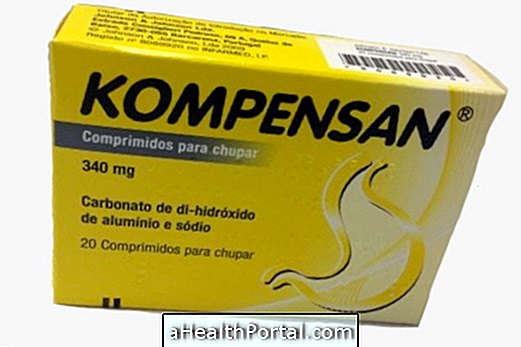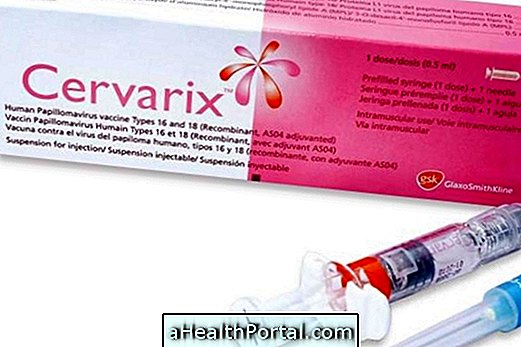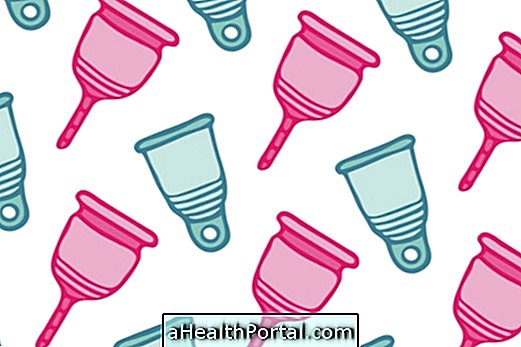The new remedy for tuberculosis is called 4x1 because each tablet has in its composition 4 antibiotics used in the treatment of this infection, called Rifampicin, Isoniazid, Pyrazinamide and Etambutol.
Although it has been produced in Brazil since 2014 by the Farmanguinhos / Fiocruz institute, this medicine became available in 2018 free of charge by the SUS, which facilitates the treatment for tuberculosis of many people, since instead of taking 4 tablets, the patient you need only take 1.
The 4x1 drug can be used in treatment regimens for both pulmonary tuberculosis and extrapulmonary tuberculosis, which lasts for several months, and is guided by the pulmonologist or infectologist, depending on each case. Check out more details on how tuberculosis treatment is done.

How it works
The 4x1 remedy for tuberculosis is the association of the following substances:
- Rifampicin 150 mg;
- Isoniazid 75 mg;
- Pyrazinamide 400 mg;
- Etambutol hydrochloride 275 mg.
These antibiotics act to combat and eliminate the bacteria that causes tuberculosis, called Koch's bacillus, however, as this is a bacteria resistant, treatment should be done for several months.
The combination of Rifampicin, Isoniazid, Pyrazinamide and Ethambutol is generally only needed within the first 2 months of treatment, and in the remaining months the combination of Isoniazid and Rifampicin is used.
However, treatment may vary in relation to time and number of medications, according to the severity of the disease, if already performed treatment before, the age and the health conditions of the patient.
Also check the care you should take after treatment to avoid becoming infected again.
How to take
The 4x1 drug for tuberculosis should be taken every single day with a little water, preferably 30 minutes before or 2 hours after the meal, as directed by your doctor.
The amount of tablets used in each dose will vary according to the weight of the patient, and is also indicated by the physician.
If you miss a dose, take it as soon as you remember, but if you are close to taking the next dose, skip the missed dose. It is necessary to take the medicine regularly and never stop the treatment on its own, as this can make tuberculosis resistant to treatment.
Possible side effects
Antibiotics used to treat tuberculosis can cause a variety of side effects, including nausea, poor appetite, abdominal pain, irritation or itching of the skin, dizziness, tinnitus, yellowing eyes, orange urine and tears, anemia, nerve involvement, and there may be foot burns or even liver problems.
Liver insufficiency can be severe, so your doctor may indicate frequent checkups throughout the course of treatment to keep up with your function.



















